The great thing about the social media avalanche is the (nearly) free spread of information. The bad thing about social media is the absolute spread of misleading, incomplete or plainly wrong information.
We see it all the time with the young ‘hotness’ decrying the ‘old, busted.’ At one time, I was part of the ‘new kids.’ Those who came before us are gone, but not before teaching us a thing or two. While I’ve had to make a journey from then to now, it’s been a worthwhile trip. It seems it’s worth looking back on.
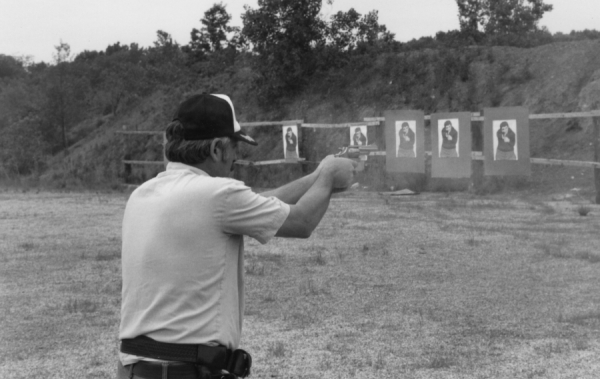
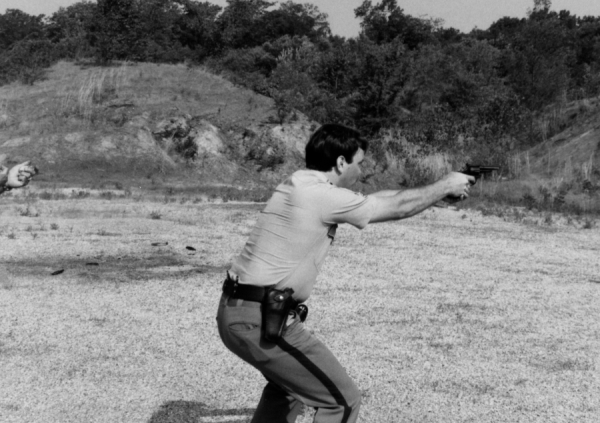
The idea of training “back in my day” was that a new hire would be sent to the academy during the initial year of hire – something looked on with considerable horror these enlightened days. During that pre-academy time, you learned city (or county) geography, learned the institution you served – its rules, traditions and history, learned about the people you were there to care for.
We’d arrive with the understanding that you’re responsible to bring your own gun, as I mentioned in a feature last month. If the gun fit the Jordan-designed holster made by Don Hume Leathergoods, Miami OK – meant for a four-inch K-frame revolver, the city would issue the holster, Sam Browne belt, double dump box and 18 rounds of 38 Special ammo. You’d get a hickory nightstick, cuffs and a handcuff case (also Don Hume) and a uniform to wear. You bring gun, flashlight, boots.
The 38 ammo I got, if memory serves, was from Speer. The hollow point in the “cup and core” JHP wasn’t round, but pentagonal. I showed up with a four-inch Ruger Security Six (showing I was a duffer; the cool kids had S&Ws with a few Colts for those so inclined).
I thought I knew it all, having studied the writings of Skeeter Skelton, Elmer Keith, Jeff Cooper, Tom Ferguson and Bill Jordan. Unfortunately, as I’ve aged I find I know less and less.
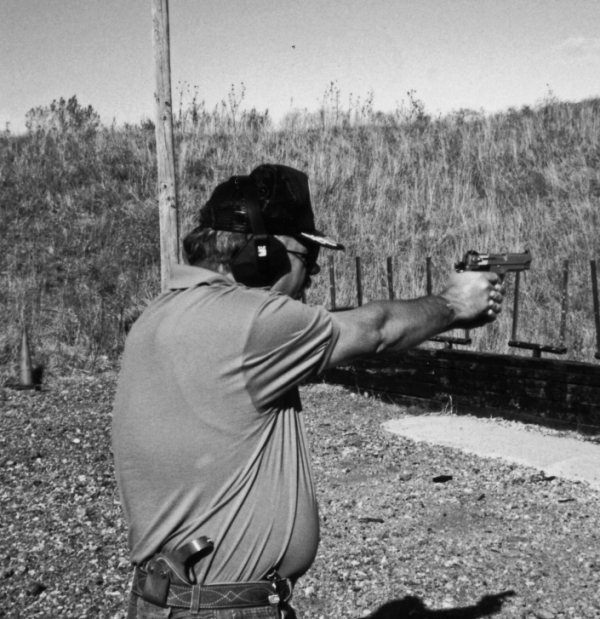
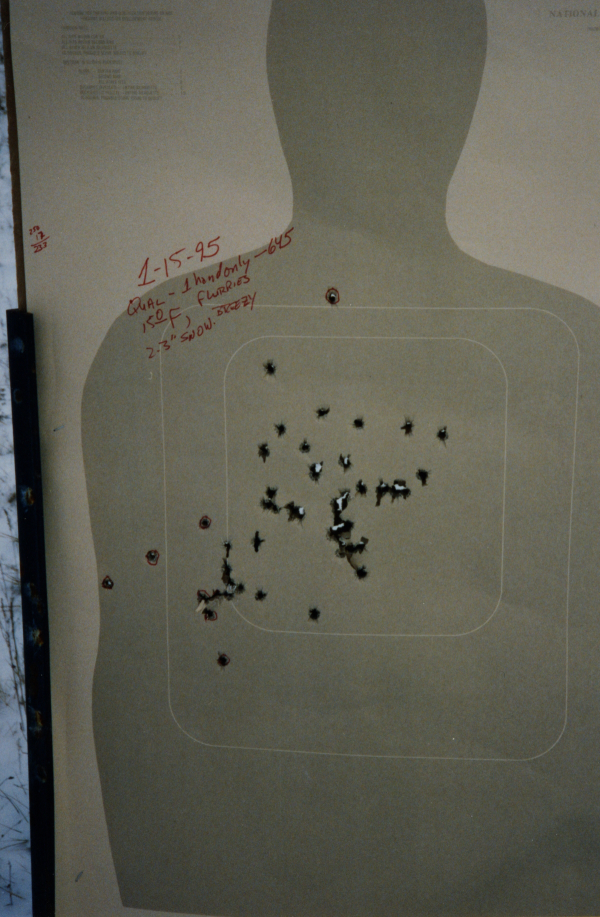
Of the things I accumulated, I include the following –
There’s more than one way to get the deal done – and just because something works once, doesn’t mean it’ll ever work again. That takes some experimentation: practice, study and revision.
All handguns are pitiful, weak popguns – that’s a Tom Givens philosophy that’s now broadly accepted, but known by some since the loud and tumultuous days of the Stakeout Squad (and even before). It’s not a matter of “more power” any more than it’s a matter of “shoot faster.” Shooting better is key.
While gear comes and goes, ebbs and flows, the handgun and support gear are just tools. The more they change, the more they’ve stayed the same. It’s the software that’s the critical component. Collecting evidence for potential litigation (criminal and/or civil) by making an image of your target, shot under adverse conditions is all well and good. If you handicap yourself in practice, it’s something you experience; you’ve done on the range – and, having done it before, you have confidence to do it when it counts for everything.
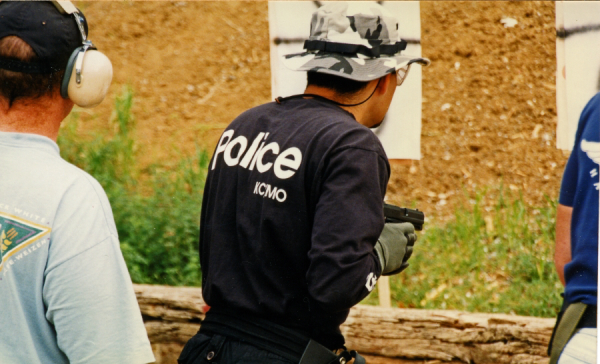
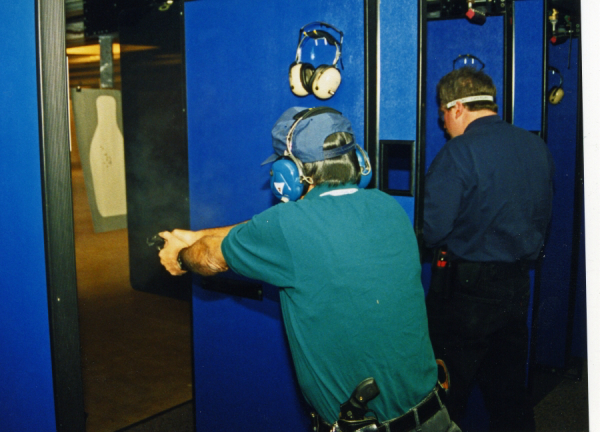
Even though we’re in a high speed era, with the special gear, special units and all the assorted trinkets that accompany it, a simple firearm can get the job done. If you can …
It’s like ensuring some practice shooting one handed; both dominant side and the less dominant side. It’s like shooting “documented standards of achievement” completely mirror-image. You may never have to perform that feat when it’s “for real,” but knowing you can gives some comfort.
The gear is interesting. It’s the ‘gateway.’ Going through the process to learn best practices is the fulfilling part of the trip.
-- Rich Grassi